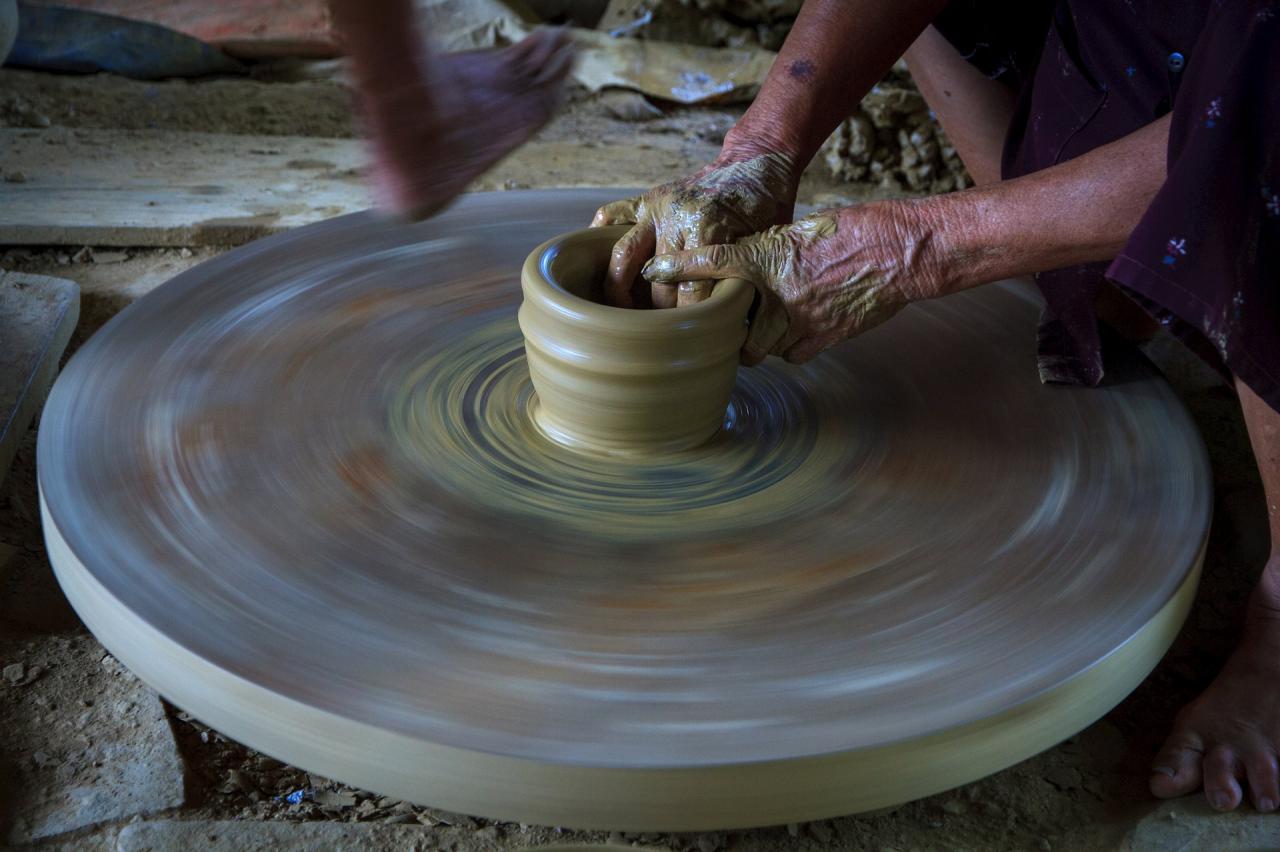
Craft village by the river
Opposite the old quarter, on the other side of the Hoai River, Kim Bong carpentry village has a unique cultural identity in Quang Nam. Kim Bong carpentry village has been around for over 600 years since Vietnamese immigrants came to reclaim the land of Cam Kim, in Hy Giang district.
Through the process of exchange, Kim Bong carpentry village has absorbed the carving and sculpture traditions of many cultures. When Hoi An became a prosperous trading port in Dang Trong in the 17th-18th century, the craft village had a clear guild character with Trung Chau and Phuoc Thang producing fine art wooden products; Dong Ha and Ngoc Thanh specializing in boat building and Trung Ha and Vinh Thanh were the places where household carpentry developed.
Located on the left bank of the lower Thu Bon River, Thanh Ha pottery village with its production site in Nam Dieu hamlet was formed in the 16th century when Thanh Hoa migrants followed Quang to settle here and made a living by making pottery. Although the main material is still clay, Thanh Ha pottery is different due to the shaping using a turntable and the secret of firing the pottery.
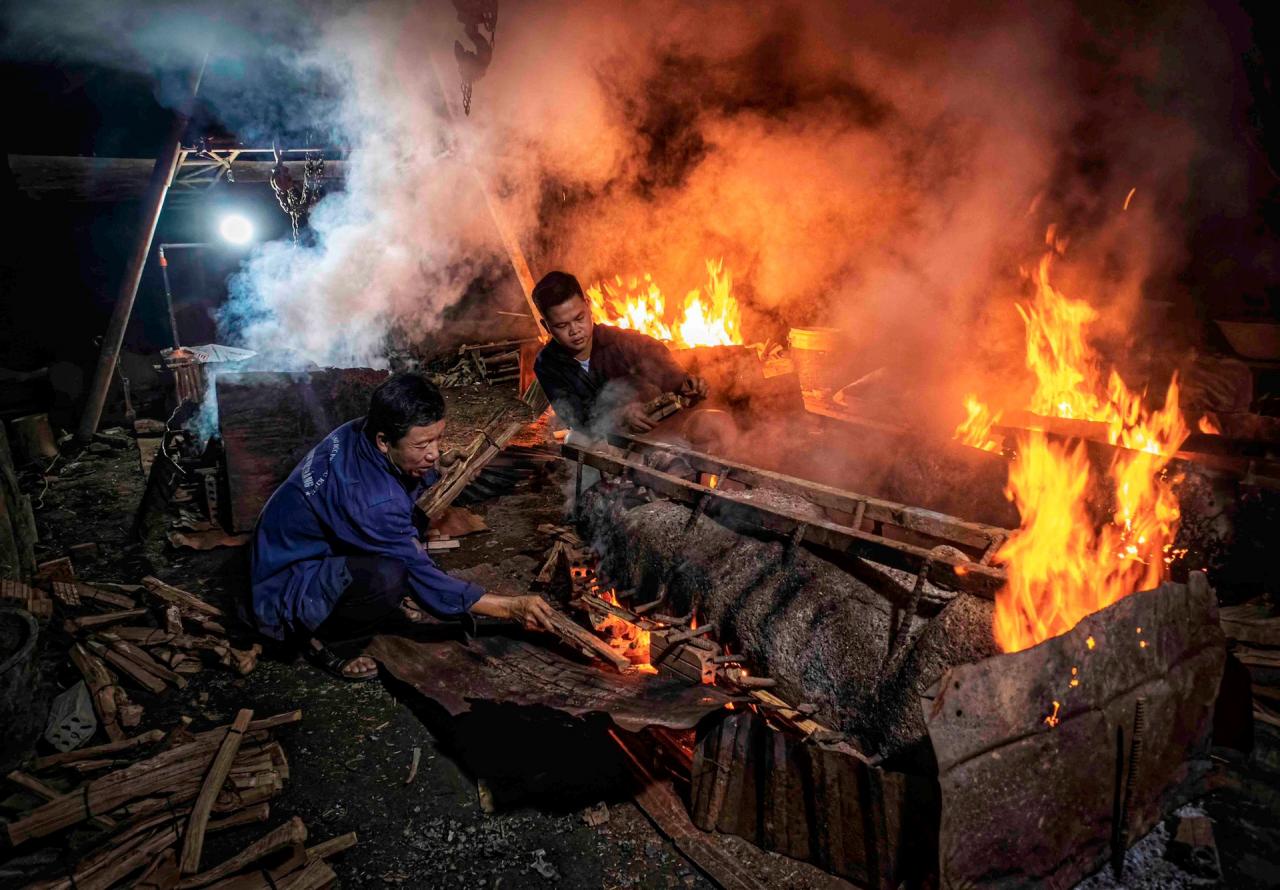
Ceramics are fired in a gourd kiln, while ceramics are fired in a green kiln, while ceramics are fired in a red kiln. In the past, fuel was only used from forest firewood such as amaranth, chestnut, and Chinese laurel.
Thanh Ha ceramic artisans have a traditional secret, depending on experience in time and firing temperature to create diverse colors from pink, pink yellow to red, brick brown, jet black. The special thing is that when tapping on Thanh Ha ceramic products, you will feel the clear sound and the echoing sound amplitude.
Vivid imprint of heritage area
Not far from Thanh Ha pottery village, once the capital of Quang Nam citadel, for more than 520 years, Dien Ban land has been the center of cultural exchanges and acculturation. Phuoc Kieu bronze casting village in Dien Phuong, was born from the early days of establishing Thuan - Quang land.
When the Nguyen lords expanded and stabilized the territory, the craft of bronze casting and household goods production developed. Through many prosperous generations, Phuoc Kieu bronze casting village has accumulated a lot of experience in meticulousness and dexterity from kneading clay, making covers, carving, firing molds, and melting bronze...
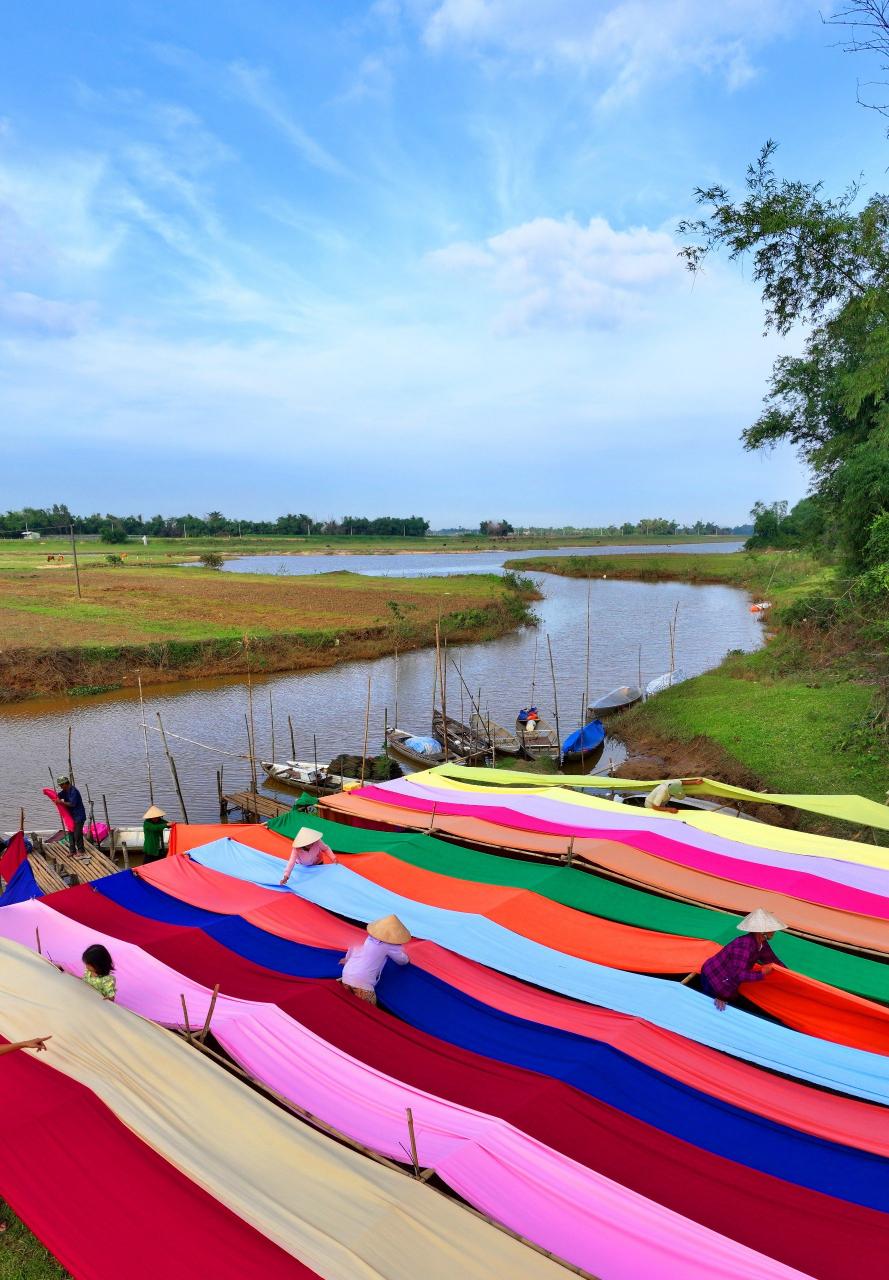
The craft village also has the secret of alloy mixing to create famous gong and bronze bell products. In particular, the artisans have a very sophisticated level of musical appreciation, understanding the timbre of each bronze musical instrument of the Kinh/Viet ethnic group or ethnic minorities in the mountains.
Located in the east of Duy Xuyen, a land once famous for its boats and wharfs, Ban Thach village has a waterway from Thu Bon, Truong Giang, and Ly Ly rivers connecting Hoi An to Cua Dai.
In the early 16th century, the clans in Duy Vinh, now Thanh Hoa, Nghe Tinh, came to Thang Hoa district to build their businesses, transforming the riverside alluvial land into sedge fields, creating the Ban Thach mat weaving village. Since then, this place has become a bustling trading center in the Thang - Dien area, with large-capacity junks, supplying sedge mat products everywhere.
The final point on the heritage triangle route, next to the capital Tra Kieu, is the Ma Chau - Dong Yen - Thi Lai weaving village system, which since centuries ago has been famous for growing mulberry, raising silkworms, reeling silk, weaving silk, making silk, silk, silk, and mattresses - indispensable products on merchant ships on the East Sea Silk Road...
The vibrancy of many craft villages with a tradition of more than 5 centuries creates a highlight on the heritage route. Through ups and downs, the craft villages are gradually reviving. Artisans practice their craft to pass on to young workers to inherit and preserve the heritage. Many activities display and demonstrate production techniques, creating unique experiences for destinations in the heritage area.
The lifestyles, customs, practices, and festivals in craft villages exist in the traditional cultural space of villages, strongly attracting tourists from near and far to the indigenous culture in the Quang Nam heritage triangle axis.
Source: https://baoquangnam.vn/lang-nghe-tren-cung-duong-di-san-3140481.html










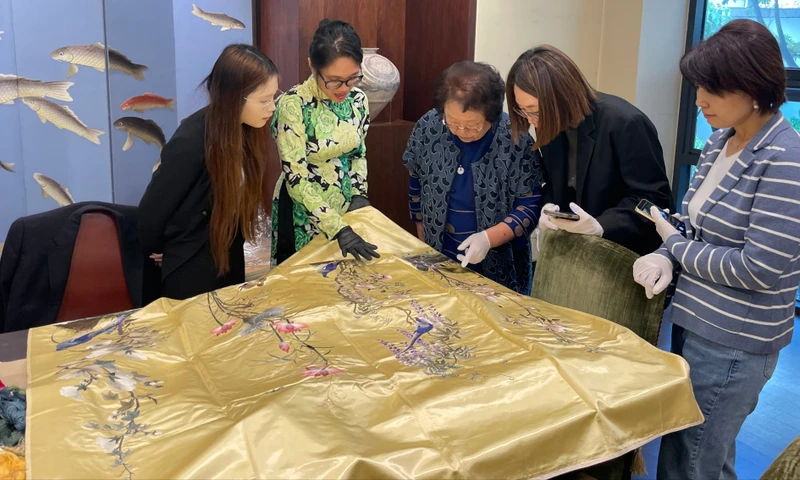

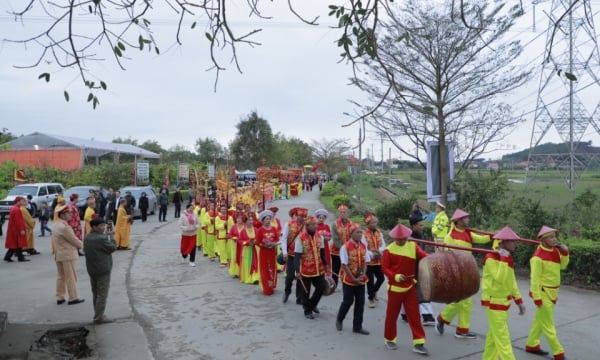
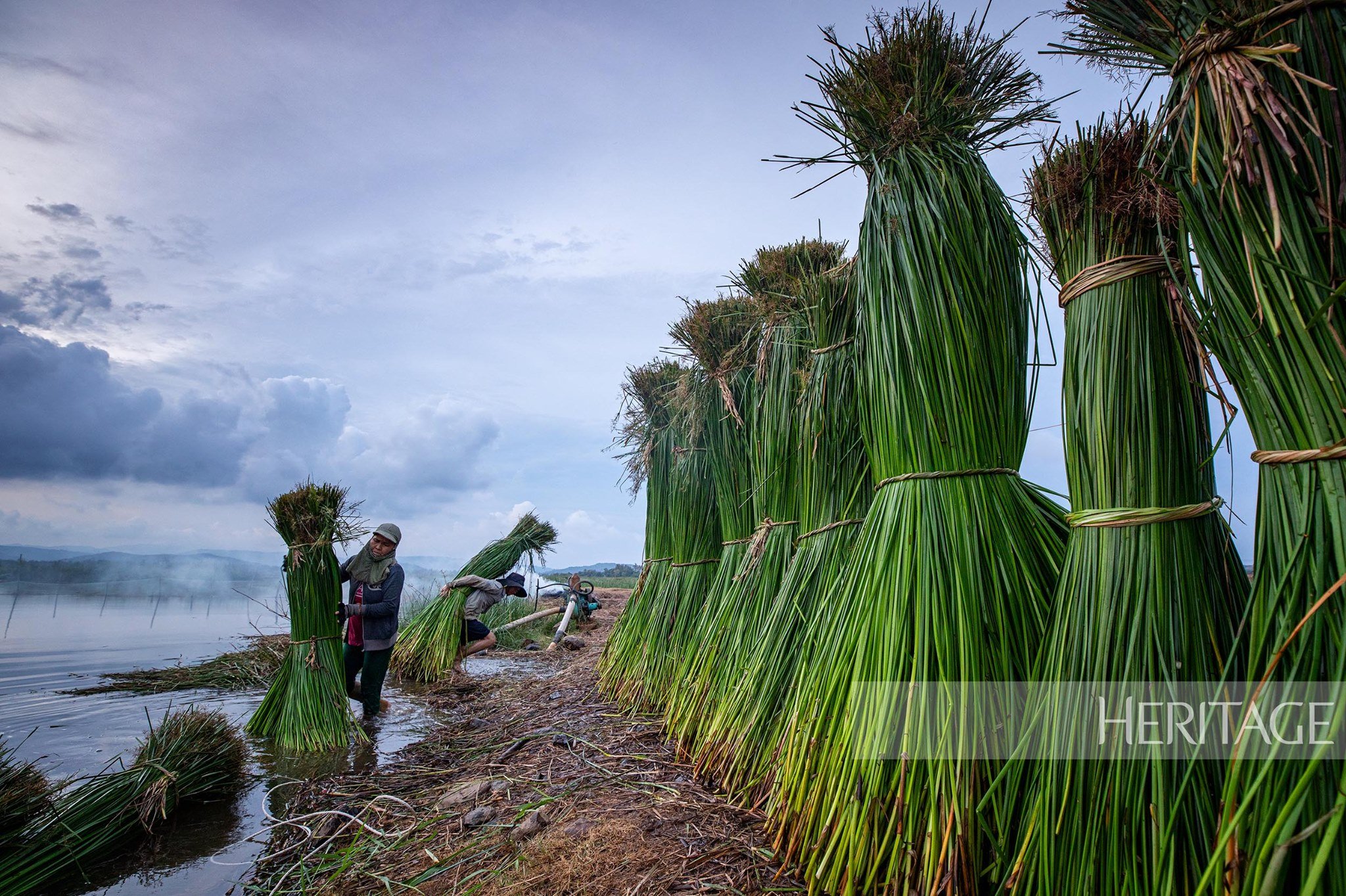

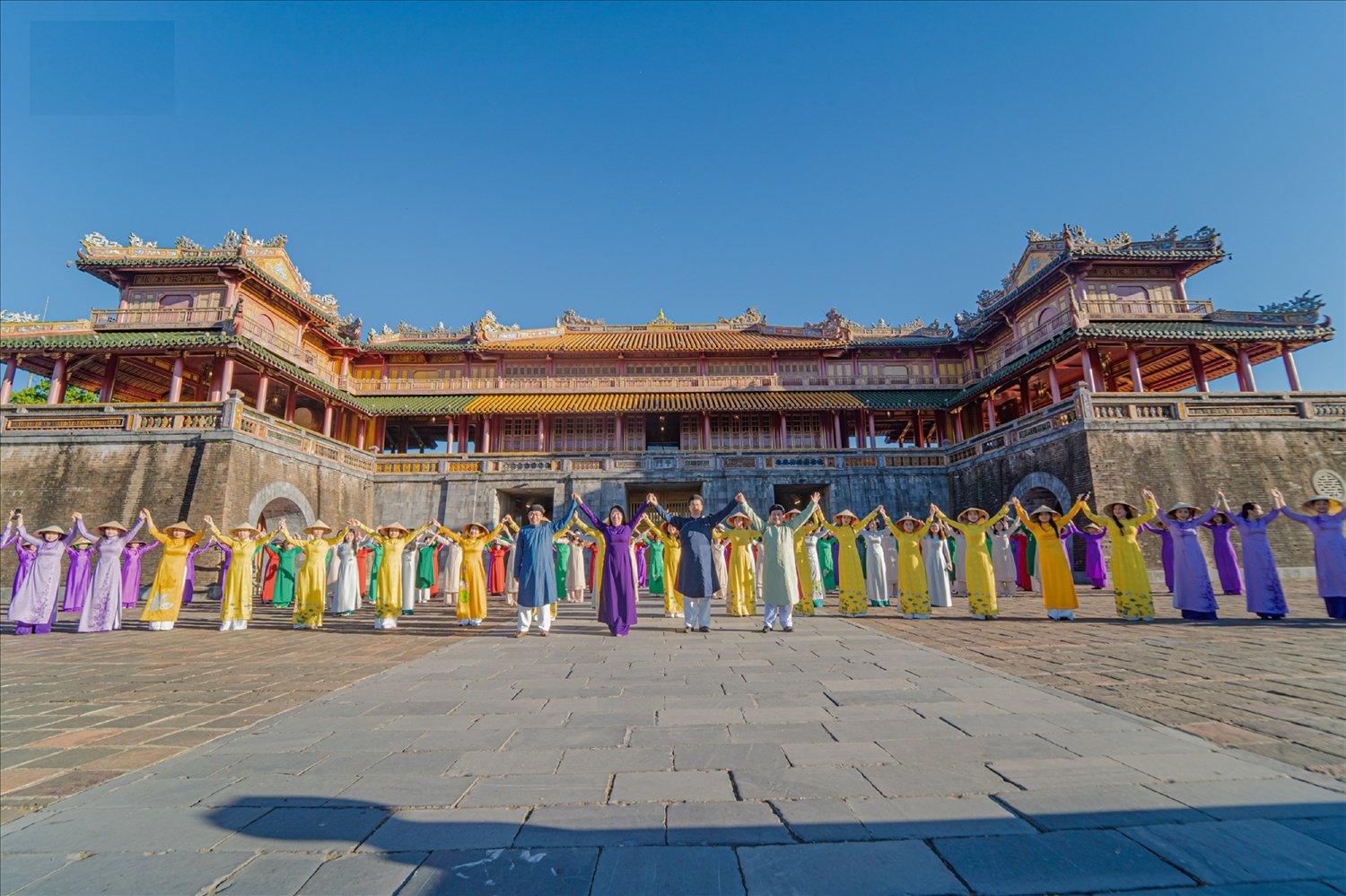

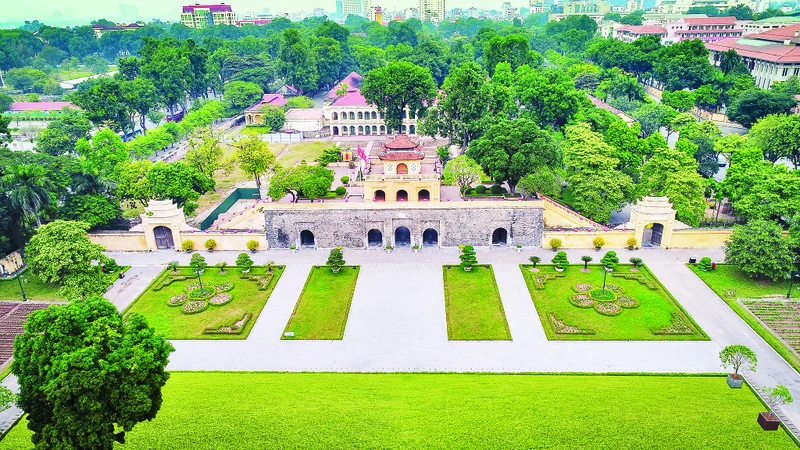

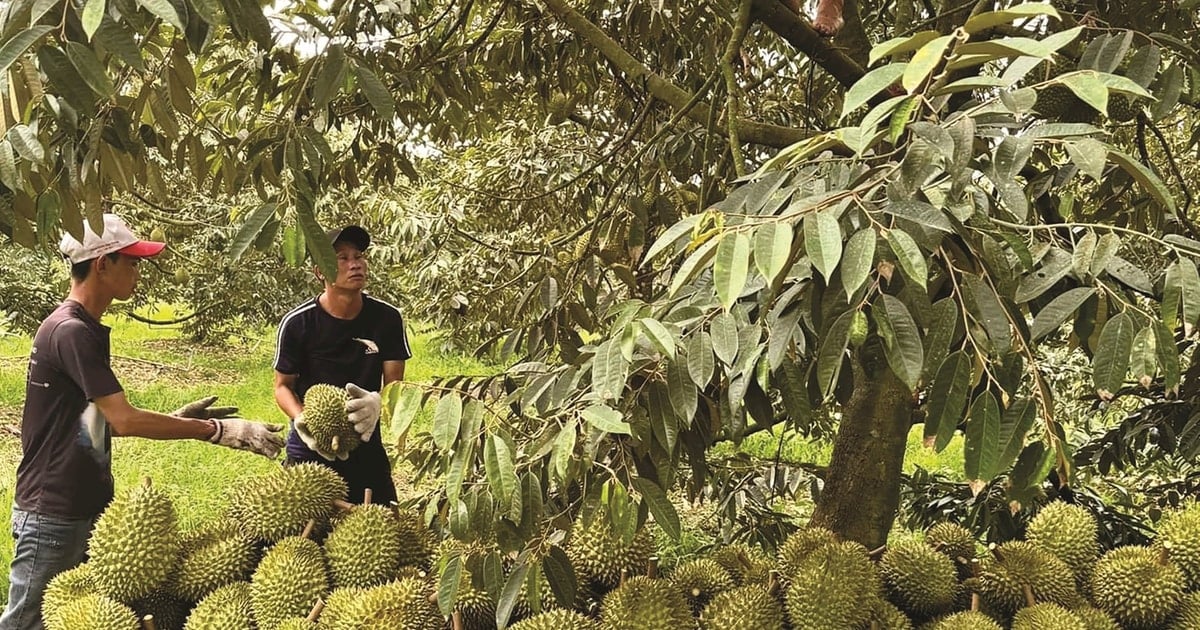
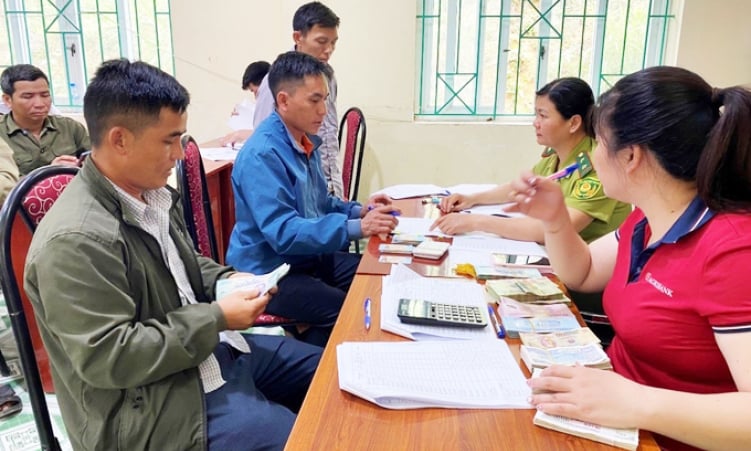
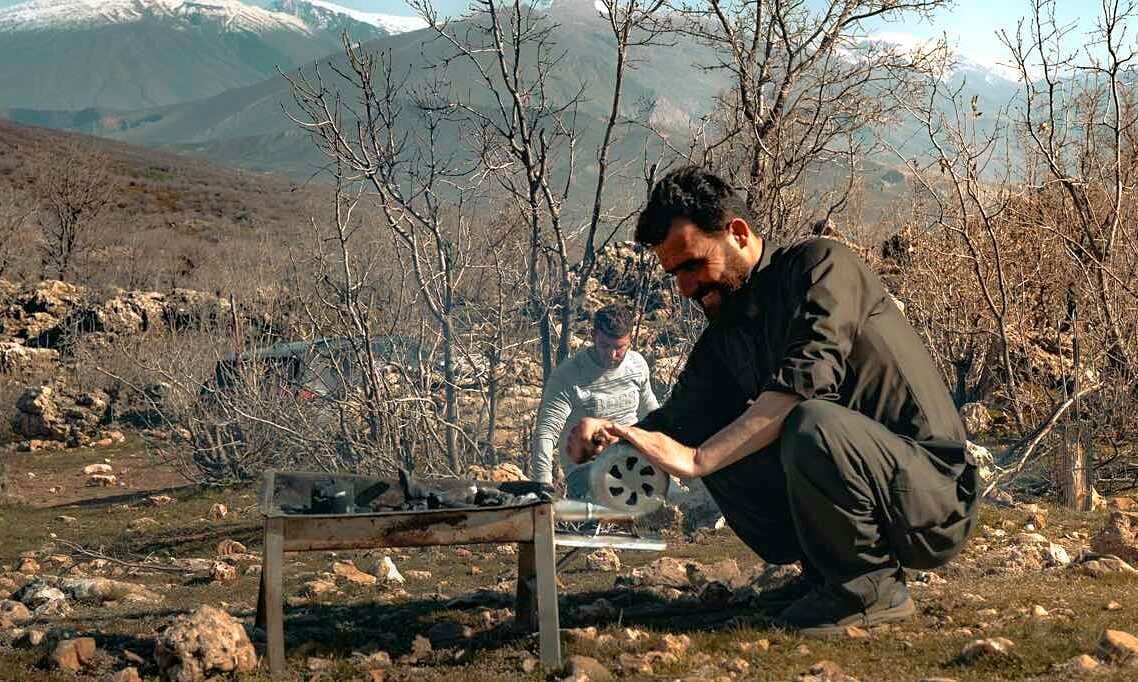

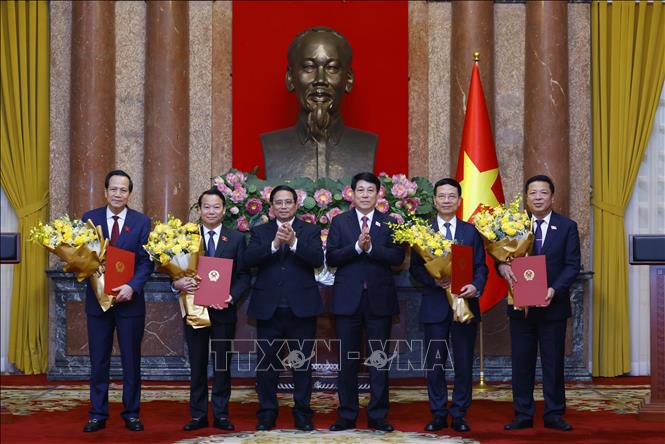

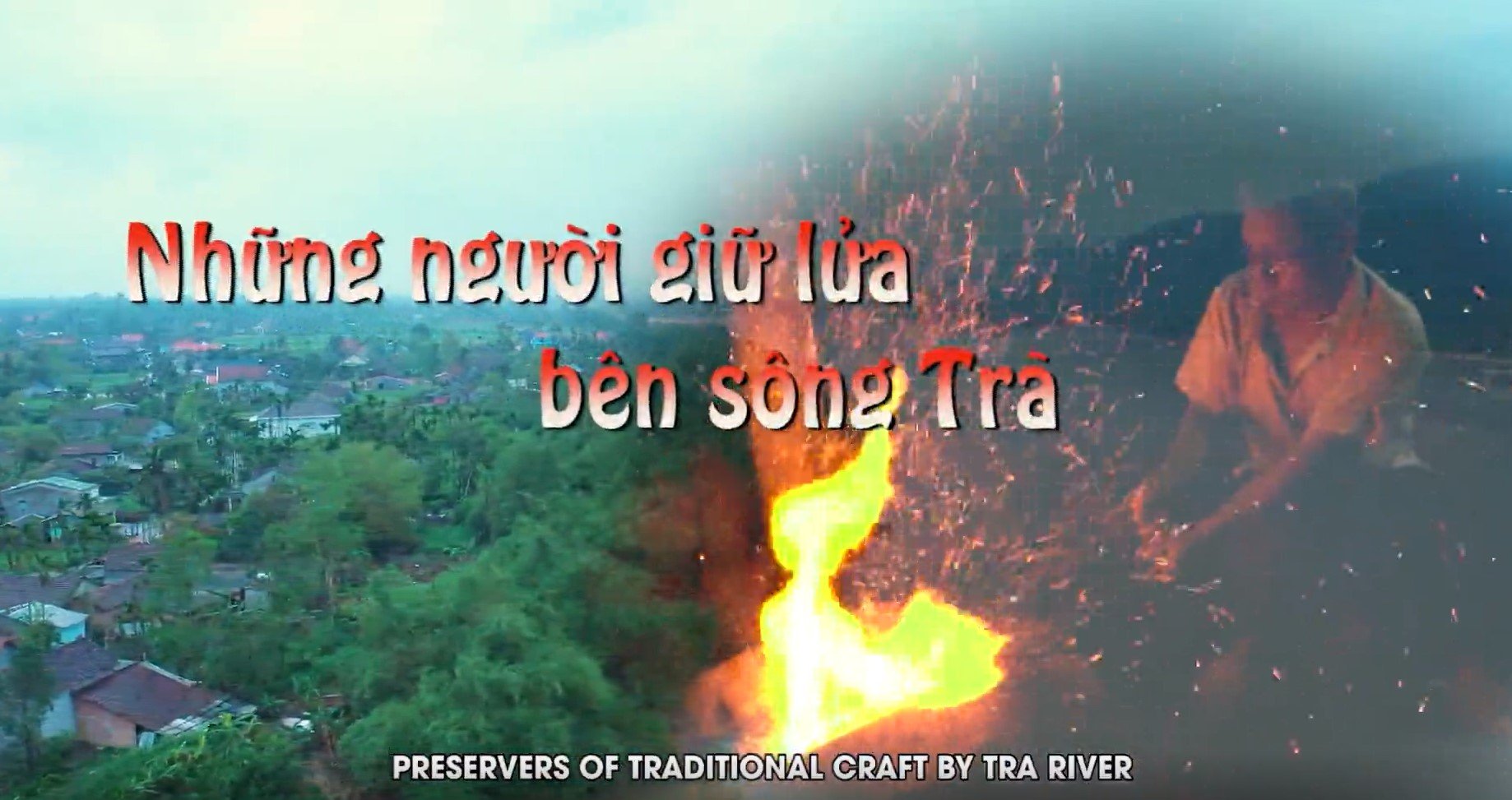


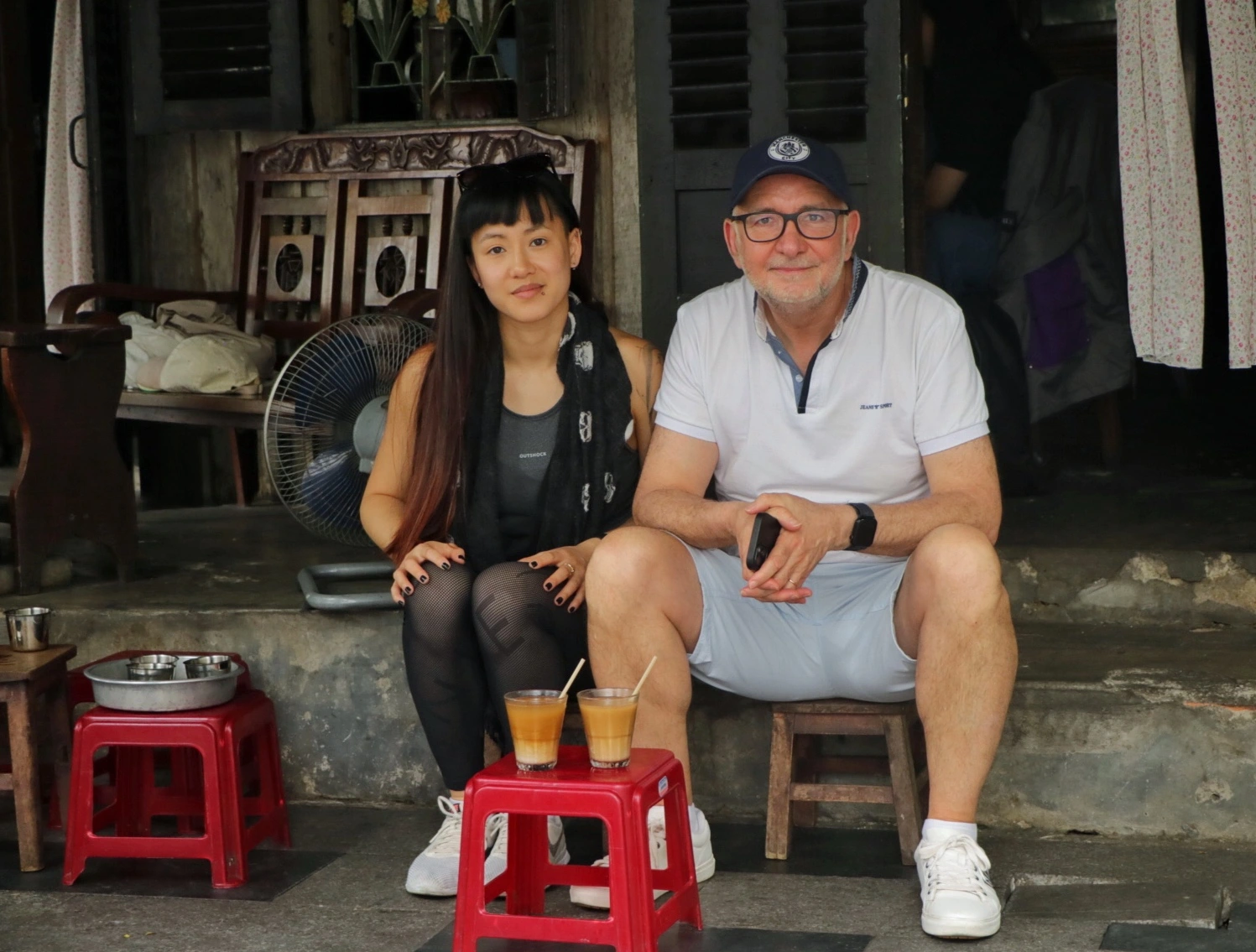

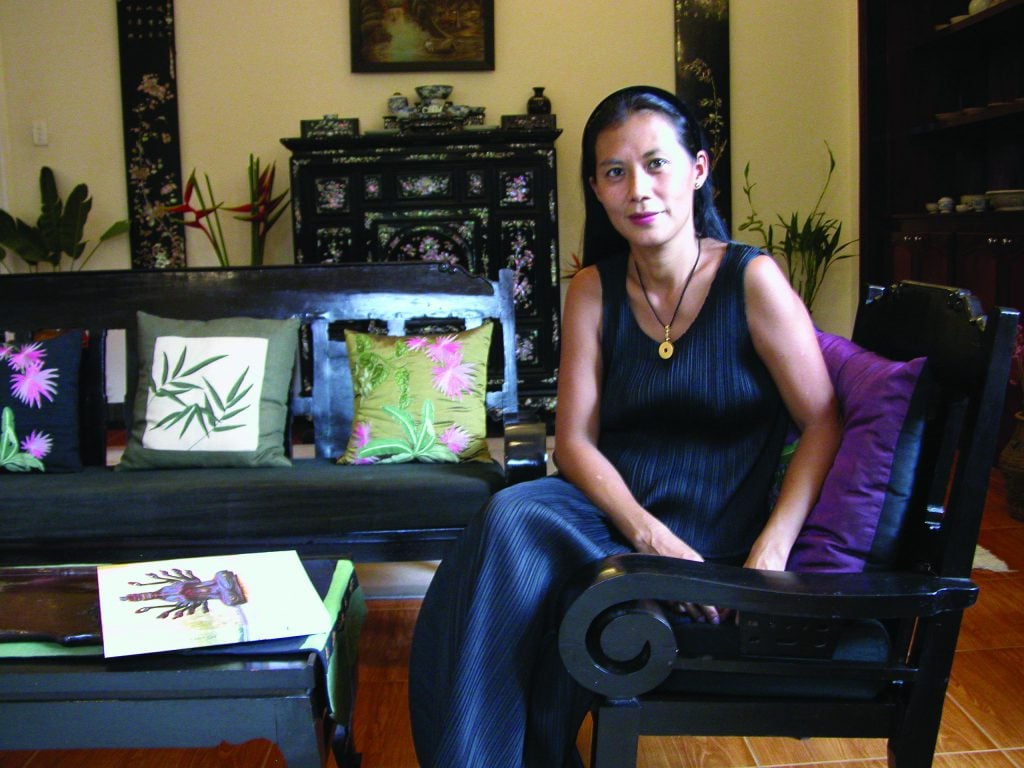



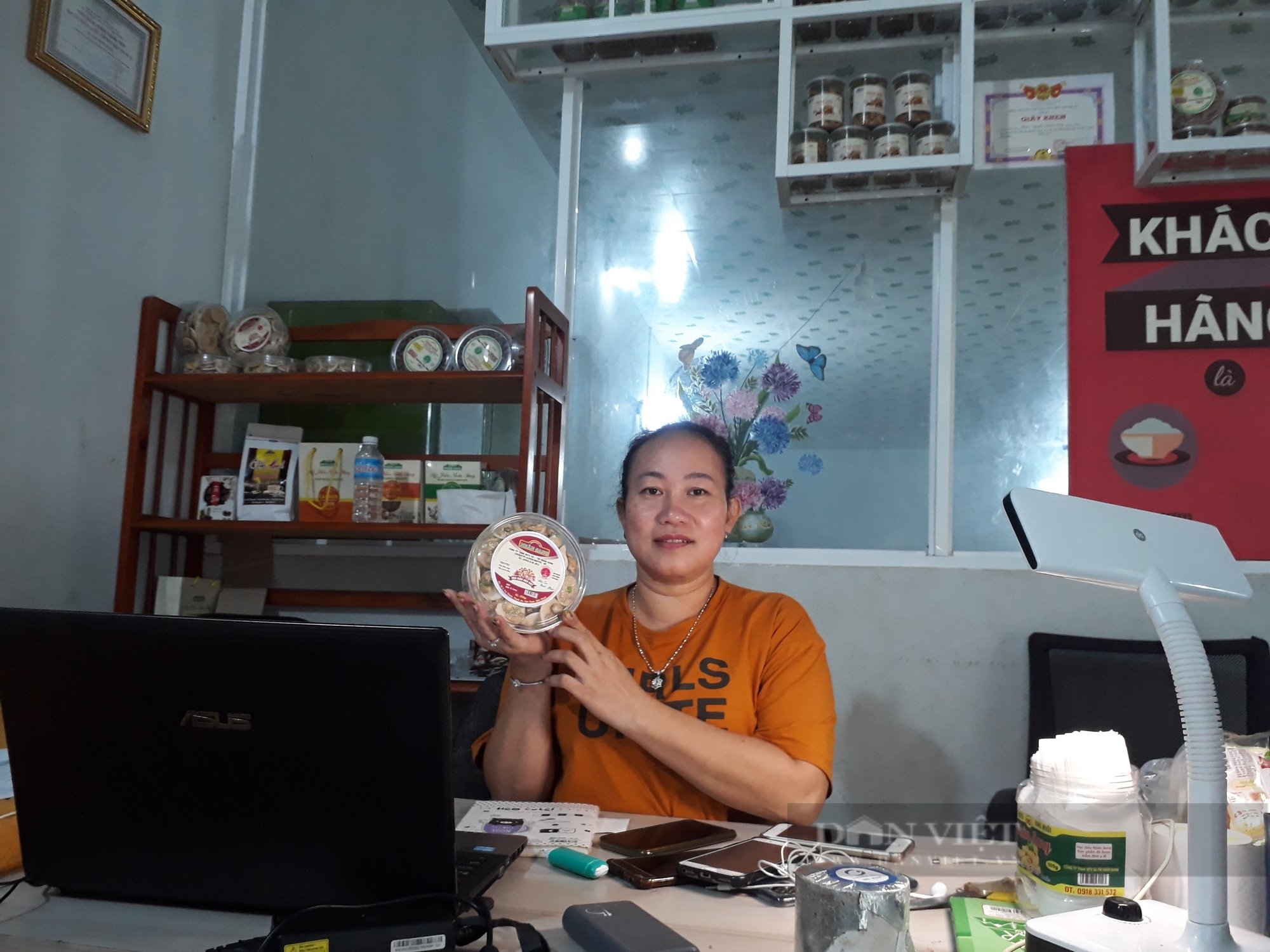



Comment (0)